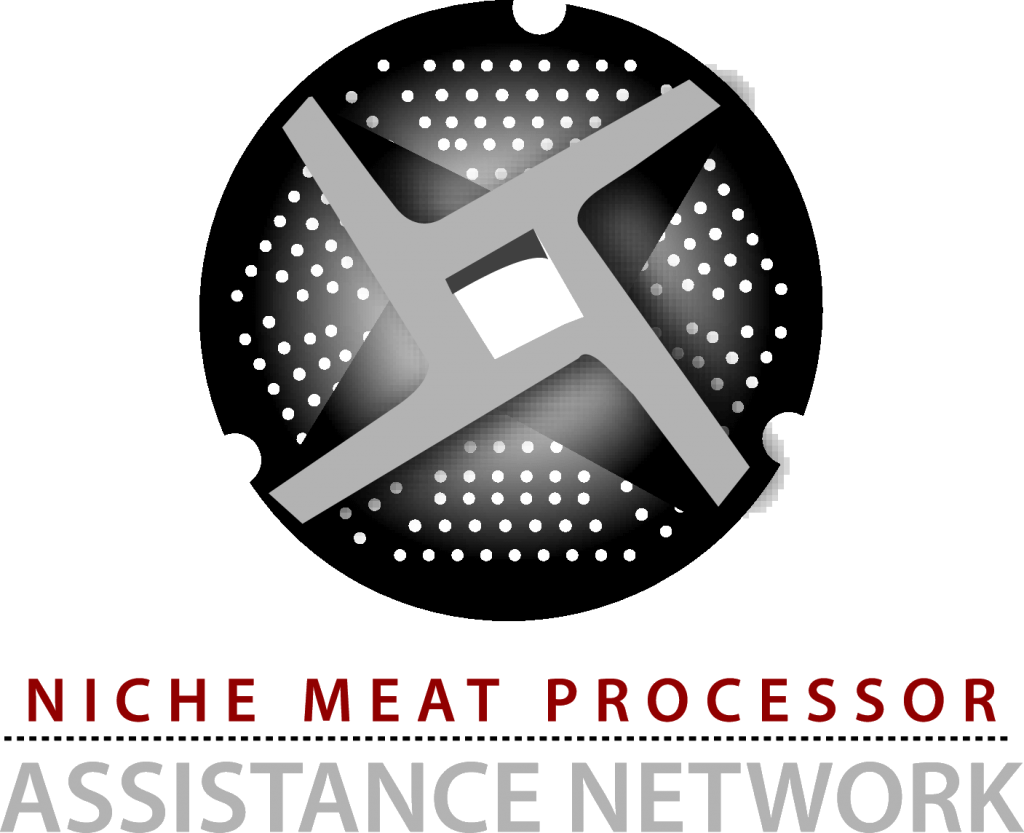By Rebecca Thistlethwaite, Director of the Niche Meat Processor Assistance Network at Oregon State University, and Timothy Delbridge, PhD., Agricultural Economist in the Dept. of Applied Economics at Oregon State University
Contact: thistler@oregonstate.edu, timothy.delbridge@oregonstate.edu
Continued from the newsletter:
Obviously, there are a lot of factors at play, which this short article can’t get into. However, a new Oregon State University initiative is hoping to shed some light on what Pacific Northwest meat processors are experiencing and what employees (both prospective and those already working in the meat industry) want and need to make it a career. Surveys were sent out to 440 licensed meat processors in the three states of WA, OR, and ID in the fall of 2023. Online surveys were made available to employees as well. That data is being supplemented by state and regional data on meat processing wages, hours, and other critical factors that will paint a picture of what the trends are for the meat processing workforce and industry. By time the NWMPA convention rolls around in mid-March, this data will be available and presented to the convention attendees (hope you plan to be there!).
To pique your interest, we wanted to share some preliminary data with you about the type of work environment that you and your colleagues are providing. Keep in mind that 92% of meat processors in the Pacific Northwest are small or very-small in size. Our industry is not dominated by large packing plants. With the small-scale nature comes a different work environment. Some of the survey highlights:
- 50% of meat shops/establishments had written job descriptions for their employees
- 30% had a formal onboarding process for new hires, and only 14% had formal training programs
- processors spent an average of only $500/year on professional development for all of their staff
- staff turnover hovers around 16%, which is much lower than other industries (treat people like family and they will stay)
- average pay for meat cutters and slaughter staff was around $24/hour (varies widely between the 3 states, WA pays the most, OR in the middle, ID was the lowest)
- the top employee benefit was free or reduced cost meat
- 36% provided any retirement benefits, only 30% provided health insurance of some kind
- plants say they would be willing to pay an avg. of $4/hour more for employees with a professional certificate in meat cutting and up to $5.60/hour more for employees with a 2-year associates degree in meat science/cutting
- plants say they would be willing to send employees up to 250 miles for a training, and pay for them to attend trainings of 1-2 days in length
When asked what are meat plant’s biggest obstacles in filling positions, owners responded that it was (top 3 reasons): 1) the physical nature of the work, 2) lack of skills, and 3) cost of living:

When asked what would draw more people into the meat workforce, owners responded with incentives such as (the top 3): 1) higher wages, 2) journeyman meat cutter programs, and 3) offering year-round employment.

Based on the survey responses, employers and employees seem to perceive the labor issue differently. Employers struggle to find people that are willing to put in the hard work. Employees struggle with a high cost of living and may have other employment option. Prospective employees need higher wages, consistent year-round hours, and more attractive benefits to compensate for the physical nature and tough conditions that we see in meat processing. If we want more skilled workers, we need to pay them more to obtain those skills. Our plants either need to invest in that professional development, or we need to gather as an industry, as public institutions, NGOs, and others to invest and create those upskilling opportunities. And we need to figure out how to run plants to generate the income and margins such that we can pay and remunerate people better.
So, the issue is not that “nobody wants to work” or they “can’t handle the physical nature of the work”. It is that few want to work for inconsistent hours, low wages, and low upward mobility opportunities. That’s rational economic thinking there, not laziness. Let’s figure out how to change the culture and the conversation around the workforce. This is an exciting, dynamic industry with lots of opportunity for entrepreneurship, creativity, boosting our rural economies, creating living wage jobs, supporting our local farmers and ranchers, and so much more. We will explore some strategies and share more data at the upcoming NWMPA convention. We hope you will join us!


